
~ More life science titles in the Build It Yourself Series ~

Check out more titles at www.nomadpress.net
Nomad Press
A division of Nomad Communications
10 9 8 7 6 5 4 3 2 1
Copyright 2017 by Nomad Press. All rights reserved.
No part of this book may be reproduced in any form without permission in writing from the publisher, except by a reviewer who may quote brief passages in a review or for limited educational use.
The trademark Nomad Press and the Nomad Press logo are trademarks of Nomad Communications, Inc.
ISBN Softcover: 978-1-61930-561-8
ISBN Hardcover: 978-1-61930-557-1
Educational Consultant, Marla Conn
Questions regarding the ordering of this book should be addressed to
Nomad Press
2456 Christian St.
White River Junction, VT 05001
www.nomadpress.net
GEOLOGIC TIME SCALE
WORDS TO KNOW
era: a division of geologic time.
period: a division of time within an era.
epoch: a division of time within a period.
The timeline of Earths lifespan is shown in a geologic time scale. It is broken up into chunks of time called eras . Each era is made up of different periods . Some of the more recent periods are also divided into epochs .
This geologic time scale includes important events in Earths history. Some of these events include the appearance and disappearance of different species, major changes in the earth that have caused mass extinctions, and how the planet has changed.
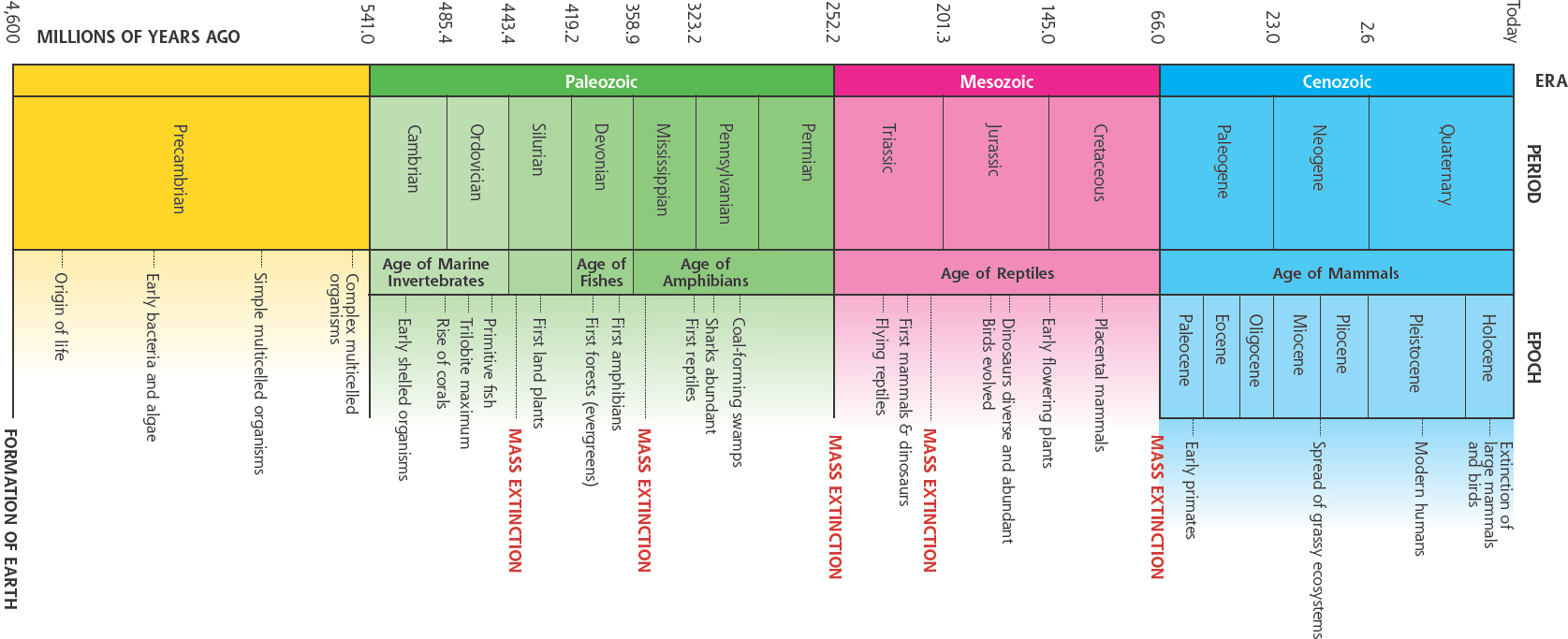
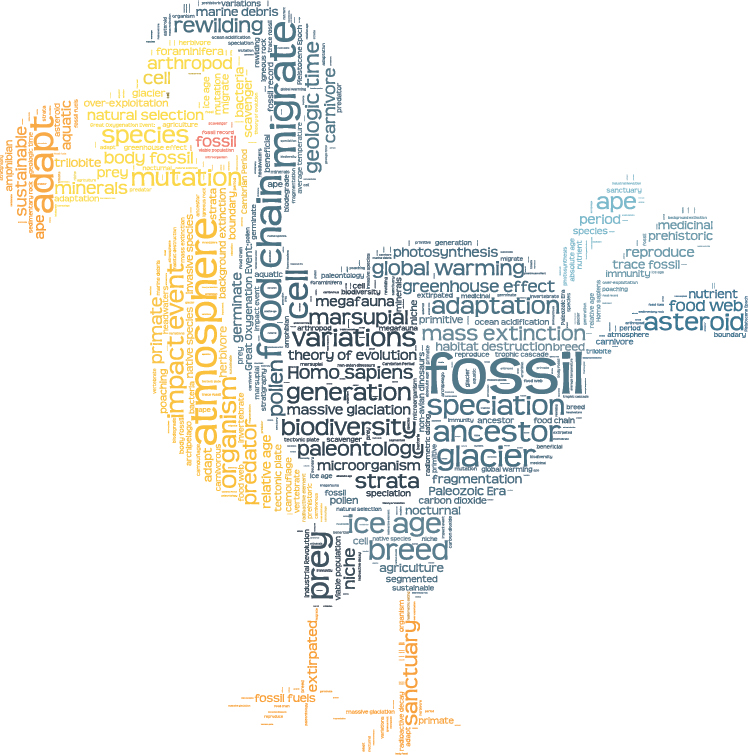

Youve probably heard the word extinction before. What does it make you think of? For many people, when they think about extinction, they think about dinosaurs. But dinosaurs represent only a very small percent of species that have gone extinct in the history of life on Earth. In fact, more than 5 billion species have gone extinct! Thats more than 99 percent of all species that have ever lived on Earth.
Extinction occurs when the very last member of a species dies. Its rare that humans are able to observe this happening in real time. One opportunity came with a tortoise called Lonesome George. George was a Pinta Island tortoise. He was very old when he died. No one knows for sure, but they guessed that he was more than 100 years old. He had a broad, curved back, stubby legs, and a long, thin, wrinkled neck.
WORDS TO KNOW
extinction: when the last living member of a species dies.
species: a group of plants or animals that are closely related and produce offspring.
prehistoric: long ago, before written history.
ancestor: someone from your family who lived before you.
archipelago: a group of islands.
breed: to produce offspring.
Georges face was also wrinkled, and drawn tight over his mouth. He looked like the character Yoda from Star Wars , wise and prehistoric . At the end of his life, George was very well taken care of. He lived in a nice place where he was closely watched and doted on. He had lots of visitors.
When George died on June 24, 2012, the news made headlines around the world. People everywhere mourned his death, even though most had never met him. The world watched a species go extinct right before its eyes.
Georges story actually began hundreds of years ago, when humans first started sailing the seas. Pinta Island tortoises lived on a tiny island in the Pacific that was part of a group of islands called the Galpagos Islands.
DID YOU KNOW?
Outside of Lonesome Georges enclosure, there was a sign for visitors to read: Whatever happens to this single animal, let him always remind us that the fate of all living things on Earth is in human hands.
Because of the location of the islands, they were extremely important to early sailors. It was the perfect place for pirates, whalers, fishermen, and other sailors to stock up on fresh food. The tortoises were a source of fresh meat needed for long voyages.
Sailors first came upon the Galpagos Islands in the 1500s. At the time, many species of tortoises were plentiful. And to hungry humans, each tortoise represented hundreds of pounds of protein. This was bad news for the tortoises, especially because their giant size and overall slowness made them so easy to catch. Tens of thousands were captured and killed and eaten.
By the early 1900s, many turtle populations had been wiped out.
In fact, the Pinta Island tortoise was thought to be extinct by then. That is, until a single individual was found wandering around alone in the early 1970s. Like many of his ancestors , George was loaded onto a ship. But he wasnt killed. He was handled very carefully. George was taken to a tortoise center on Santa Cruz Island, another one of the 19 islands in the Galpagos archipelago .
Soon after his arrival, the tortoise was given the name Lonesome George. He was the last known Pinta Island tortoise. Scientists looked all around the world for a female tortoise to become Georges mate. The hope was that if they could breed , the species could be saved. But a good mate was never found. George was known as the rarest creature on Earth. When he died in 2012, the Pinta Island tortoise was officially extinct. Georges life and death became a symbol for all species facing extinction.
DEFINING EXTINCTION
In Georges case, he was the last Pinta Island tortoise on Earth, and his death marked the extinction of that species. Scientists become concerned about a species going extinct when individuals in a species die at a faster rate than they are born.
 News of George
News of George
When Lonesome George died, people all around the world took notice. You can read an article about his life and death at this website. Why did his death have such an impact on so many people? Do you think humans learned any lessons from George?

Lonesome George NYT 
WORDS TO KNOW
viable population: a group with enough individuals to breed and produce offspring so they can maintain their numbers and survive in the wild.
conservation: managing and protecting natural resources.
endangered: a plant or animal species with a dangerously low population.
reptile: an animal covered with scales that crawls on its belly or on short legs. Snakes, turtles, and alligators are reptiles.
mammal: a type of animal, such as a human, dog, or cat. Mammals are usually born live, feed milk to their young, and usually have hair or fur covering most of their skin.
organism: any living thing.
bacteria: tiny organisms found in animals, plants, soil, and water.
fossil: the remains or traces of ancient plants or animals left in rock.
Next page
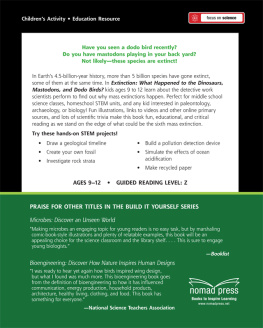
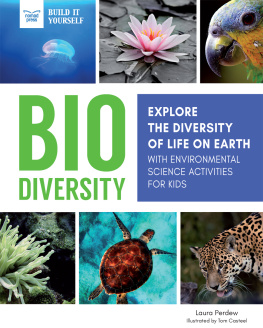
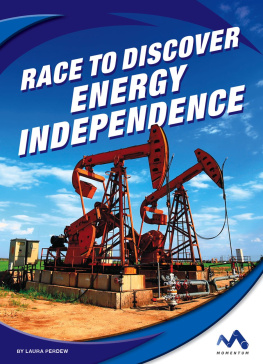
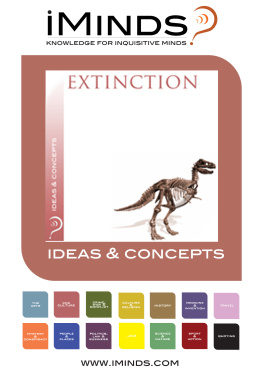
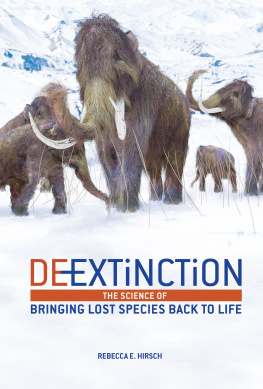
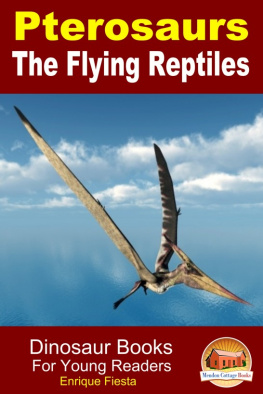

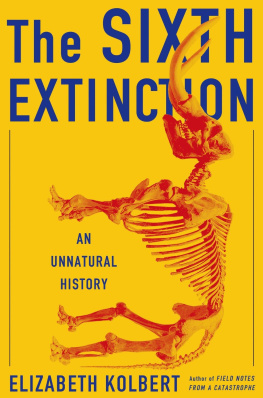

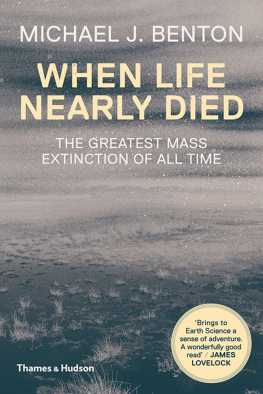

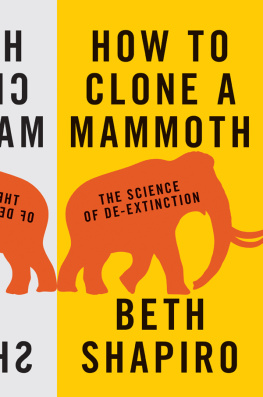





 News of George
News of George
